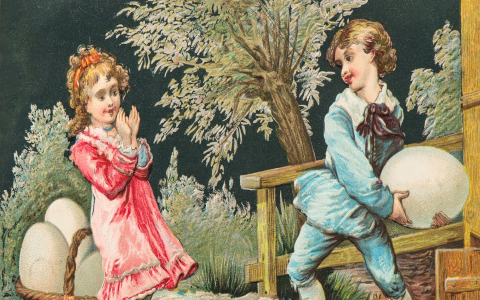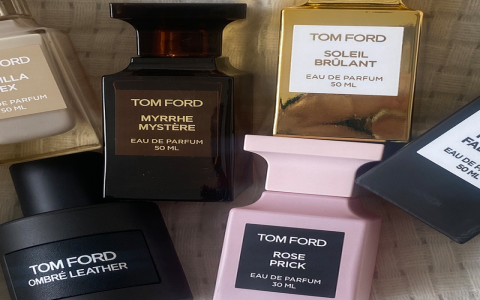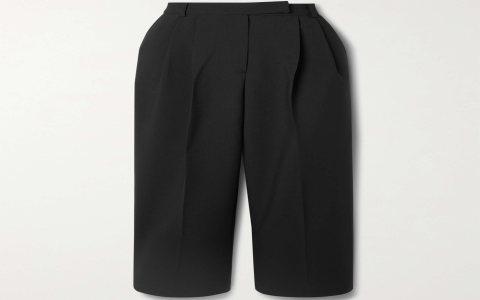The Fascinating History of the Easter Bonnet
Easter, with its rich tapestry of tradition and symbolism, has always captivated those with a love for culture and history. One element that stands out in this vibrant celebration is the Easter Bonnet. This decorative piece of headwear, synonymous with Easter Sunday, has a story as colorful and intricate as its designs.
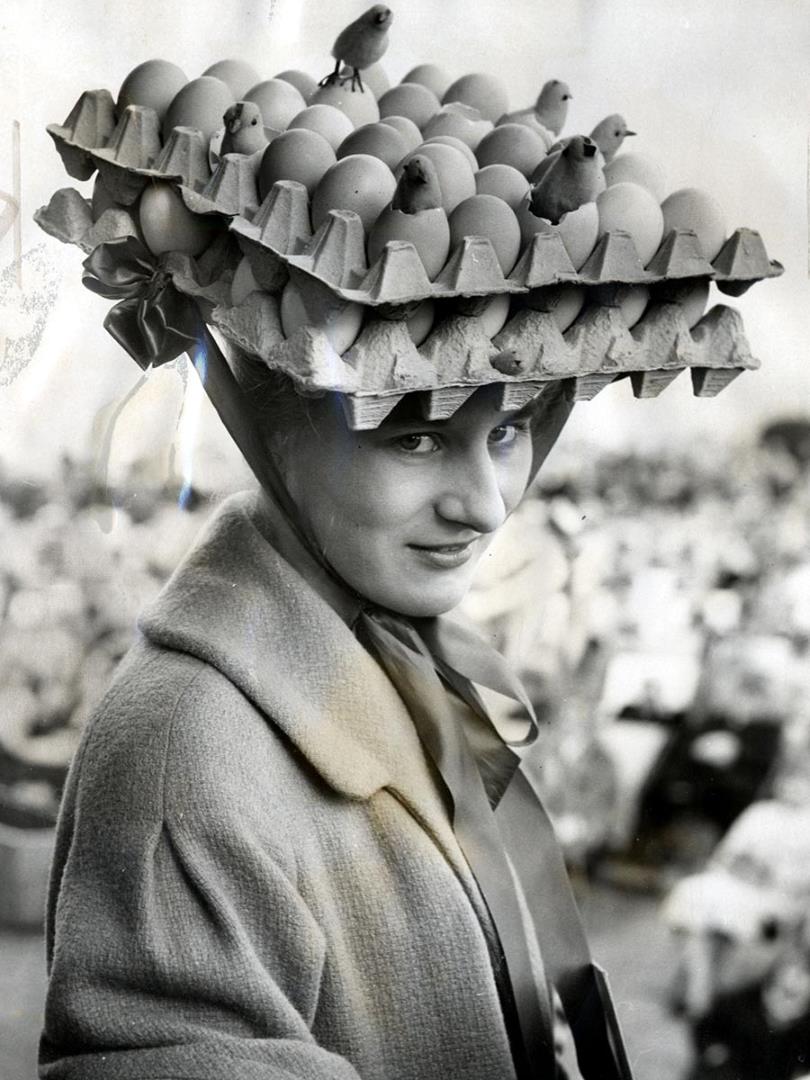
Tracing back to medieval times, the origins of the Easter Bonnet can be linked to the Vatican in Rome. During this period, the Pope would bless elaborately crafted, flower-adorned papal tiaras, or bonnets, as symbols of his authority. These were not just embellished for beauty but carried significant ceremonial weight.
The evolution of this custom really blossomed with the arrival of Christianity in Europe. As the faith spread like wildfire, so too did the habits, including the traditions of observing Easter. Initially, Easter festivities were somewhat somber, focusing on religious services. Yet, as years rolled by, community gatherings became livelier, and expressions of joy became more extravagant. It was during this time that people began to adorn their hats with the vivid colors and symbols of spring such as eggs, chicks, bunnies, and baskets of flowers, embracing the spirit of renewal.
By the Victorian era,Easter bonnets had transformed into a showcase of elegance and social standing. The wealthier classes would parade in their finest attire on Easter Sunday, their hats being the pièce de résistance of their ensembles. This era witnessed the bonnet become not just an accessory but a statement piece, likened to walking works of art.
Immigration and cultural exchange further enriched the Easter bonnet tradition. When Europeans settled in America, they brought with them their Easter customs. Easter bonnets became a focal point of celebration, especially with the initiation of the Easter Parade in New York City. This parade, which informally started in the mid-19th century and became an official tradition in the 1870s, was where individuals, showcasing their splendid headpieces, would parade through the fashionable stretch of Fifth Avenue. Here, Easter hats were not just worn; they were shown off, creating an air of festivity and competition for the most ornate bonnet.
The Easter bonnet maintained its popularity through the decades, adapting to the changing tastes and textiles of fashion. The 20th century brought in diverse styles, influenced by everything from the flapper era’s love for feathers to the minimalist chic of mid-century modernism. Despite these shifts, the bonnet remained anchored in the festivities of Easter.
In more recent times, Easter bonnets have evolved into a broader spectrum of styles and can now be as simple or as extravagant as the wearer pleases. However, their essence as symbols of joy, renewal, and celebration endures. They continue to be worn for Easter services, parades, or even in more traditional Easter egg hunts, embodying the tradition with a touch of whimsy and communal spirit.
Community groups, especially in Europe and America, still engage in activities where bonnets are either made or worn, often as part of Easter celebrations or themed events. These gatherings are not just about wearing these hats but about connecting with the community through shared heritage and creativity.
Easter hats also serve as a canvas for personal expression. Hats transcend beyond mere fashion; they embody the wearer’s interpretation of the season’s explosion of life after the dull winter. They connect the wearer to a shared cultural narrative that spans centuries.
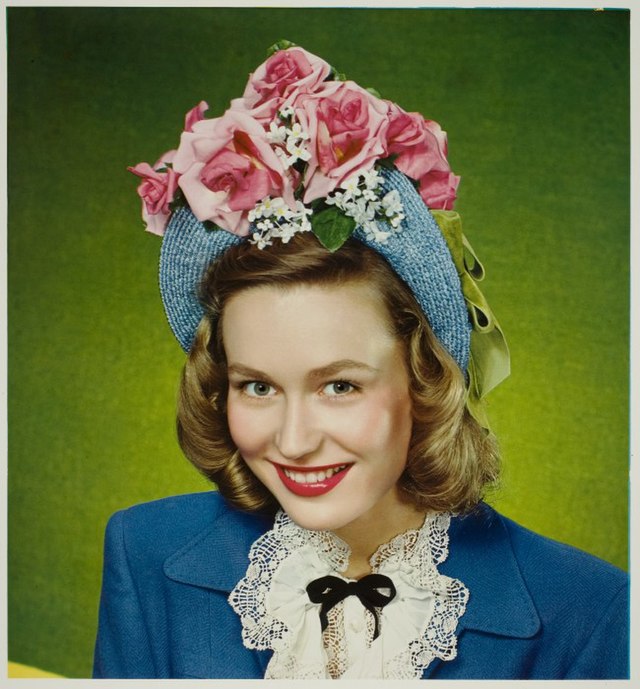
The Easter bonnet thus emerges not only as a tradition but as a testament to human storytelling through fashion—a celebration of life’s renewal and the blossoming of culture and community spirit that is as much about the human experience as it is about the hat itself. This iconic piece of Easter attire reminds us that, like the Easter bonnets, life itself offers an ongoing opportunity to start anew, to flourish, and to celebrate together.
